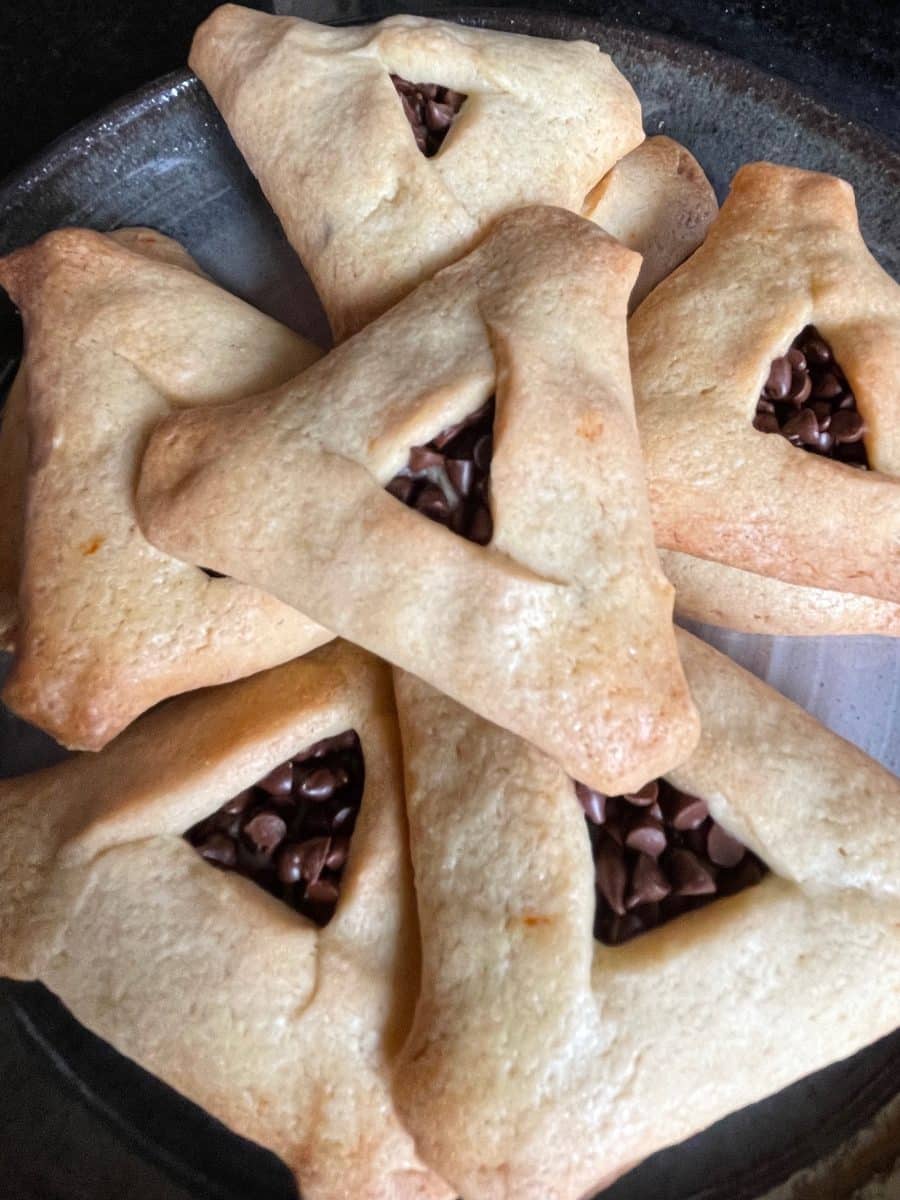Purim, celebrated on March 14th in 2025, is a Jewish holiday marking the deliverance of the Jewish people from a plot to annihilate them in ancient Persia, as narrated in the Book of Esther. Observed on the 14th of Adar, it involves the reading of the Megillah, giving charity, exchanging food gifts, and partaking in a festive meal. The holiday is also noted for its vibrant traditions, including dressing in costumes and hosting parties. A unique aspect of Purim is the consumption of Hamantaschen, a triangular pastry that symbolizes the defeat of Haman, the villain in the Purim story. This festival embodies themes of survival, community solidarity, and joy, with Hamantaschen serving as a delicious reminder of the triumph over adversity.
Besides Hamantaschen, Purim is celebrated with a variety of other foods that carry symbolic meaning or add to the festive atmosphere of the holiday. Kreplach, small dumplings filled with meat or chicken, are often served in soup, symbolizing the hidden nature of the miracles of Purim, much like the hidden filling. Another popular item is Purim Challah, which is sometimes shaped into ladders or keys, symbolizing Haman’s downfall and the unlocking of positive decrees. Sweet poppy seed fillings, found in pastries like Hamantaschen or in Purim Challah, reflect the theme of hiddenness associated with the holiday. Additionally, festive meals (Seudat Purim) may include meat, wine, and other foods that encourage joy and celebration, in adherence to the commandment to feast and rejoice on Purim. These culinary traditions enhance the communal and joyous spirit of Purim, emphasizing the themes of hidden miracles and the reversal of fortune.
Additionally, a central tradition of Purim involves the exchange of Mishloach Manot, also known as Shalach Manot, which are gift baskets containing a variety of food and drink items. According to Jewish law, these baskets must include at least two different types of foods that are ready to eat, such as fruits, sweets, baked goods, and beverages, to fulfill the mitzvah (commandment) of ensuring everyone has enough food for the Purim feast. This practice not only fosters a sense of community and friendship by encouraging the exchange of gifts among friends and family but also upholds the value of generosity by ensuring the needy are provided for during the festive season. The preparation and distribution of Mishloach Manot embody the spirit of Purim, with its emphasis on joy, generosity, and unity.

